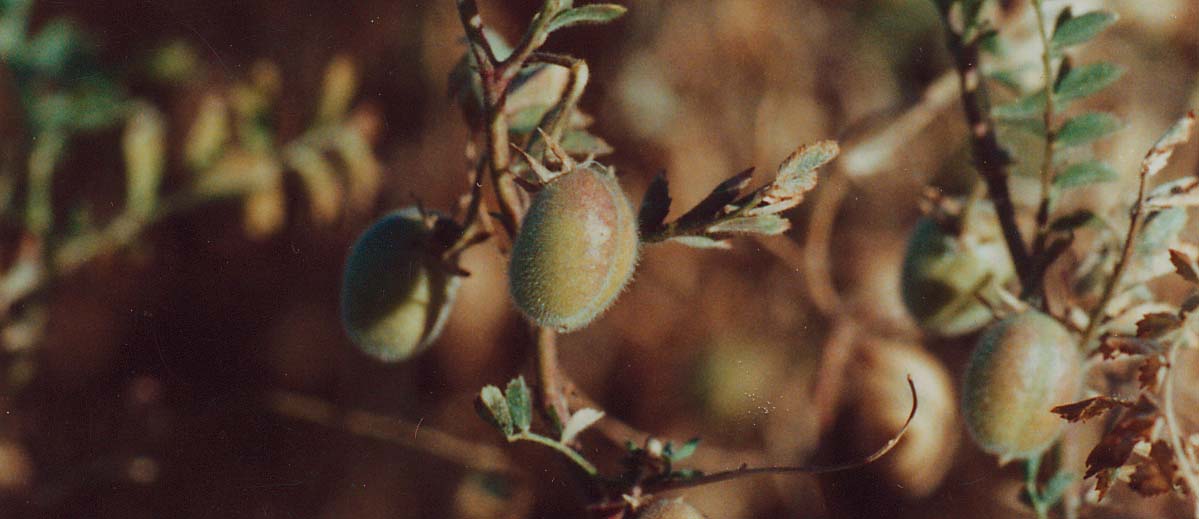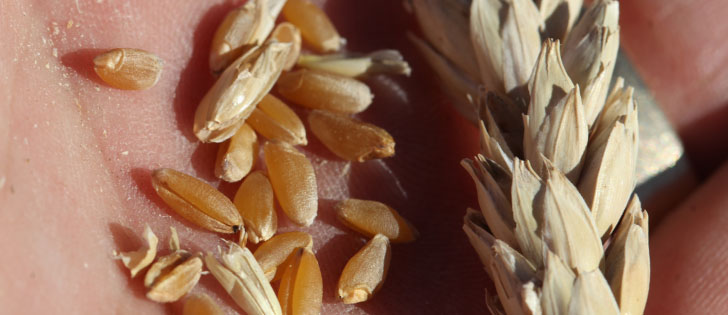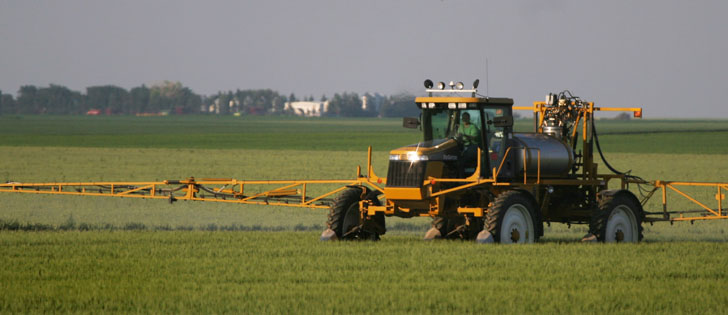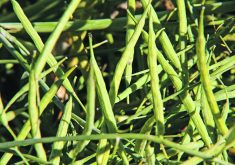VANCOY, Sask. – Fusarium head blight will likely need special attention this year.
Mike Bakker, BASF’s brand manager for fungicides and agriculture products, told a recent field day that this year’s wet conditions have created ideal conditions for fungal diseases such as fusarium.
The disease could be seen in areas that haven’t been previously affected, he added.
Bakker said eastern and central Saskatchewan may be at higher risk.
“The one most important thing a grower can do is protect the quality of his crop, and using a fusarium head blight product is absolutely critical to make sure he’s not going to get downgraded at the elevator in terms of that crop quality,” said Bakker.
Read Also

Defence investments could benefit agriculture
A bump in Canada’s NATO spending commitments could lead to infrastructure investments that would benefit rural areas
Russell Trischuk, a technical development specialists with BASF, said the best time to spray for fusarium is when 75 to 100 percent of heads have emerged.
Sclerotinia, another disease to watch for, should be sprayed when canola is 20 to 50 percent bloom.
Trischuk said no treatment is available for fusarium and sclerotinia once symptoms are visible in a field. Preventive control is the only option.














